Development of environmentally friendly geopolymer composites with waste fibre reinforcement
The project was a response to challenges arising in the modern world in relation to environmental protection, waste management and rational management of raw materials and, in particular, addressed the issues related to the material recycling

 Project title
Project title
Development of environmentally friendly geopolymer composites with waste fibre reinforcement
 Name of Beneficiary/Beneficiaries
Name of Beneficiary/Beneficiaries
Consortium leader:
Tadeusz Kościuszko Cracow University of Technology, Poland
Consortium partners:
- Nigde University, NU, Turkey
- Pontificia Universidad Católica del Peru, PUCP, Peru
- Riga Technical University, RTU, Latvia
- Babes Bolyai University, BBU, Romania
- Catholic University of Uruguay Damas Antonio Larrañaga, UCUDAL, Uruguay
- University of Mar del Plata, UNMdP, Argentina
- Polytechnic University of Timişoara, UPT, Romania
 Name of programme
Name of programme
International programmes
 Competition
Competition
II ERANet-LAC competition: Latin America, Caribbean and European Union
 Project value
Project value
Total project: EUR 647,480.00
Part for Poland: EUR 80,000.00 i.e. PLN 341,432.00 (EUR 1 = PLN 4.2679)
 Funding value
Funding value
Total project: EUR 628,660.00
Part Poland: EUR 80,000.00 i.e. PLN 341,432.00 (EUR 1 = PLN 4.2679)
 Project delivery period
Project delivery period
From 01.01.2017 to 31.12.2019
Meet our team


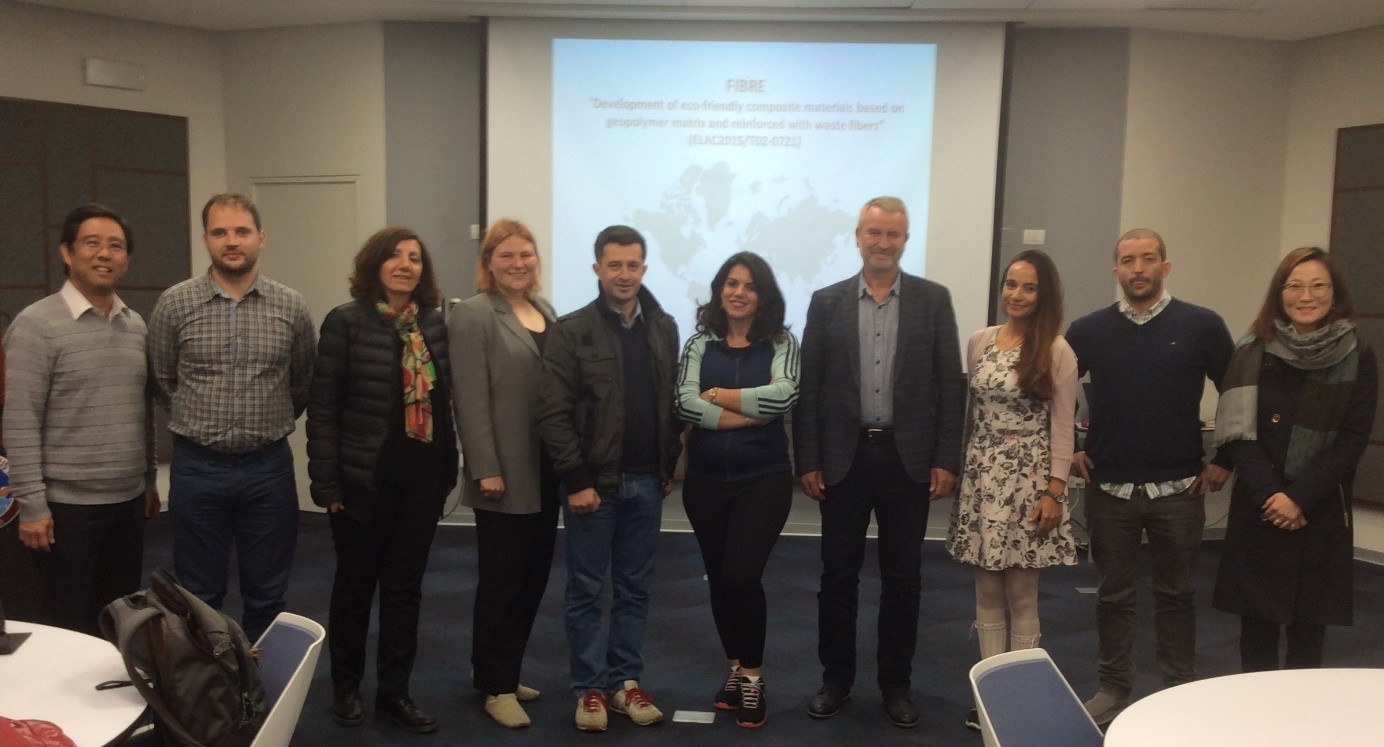
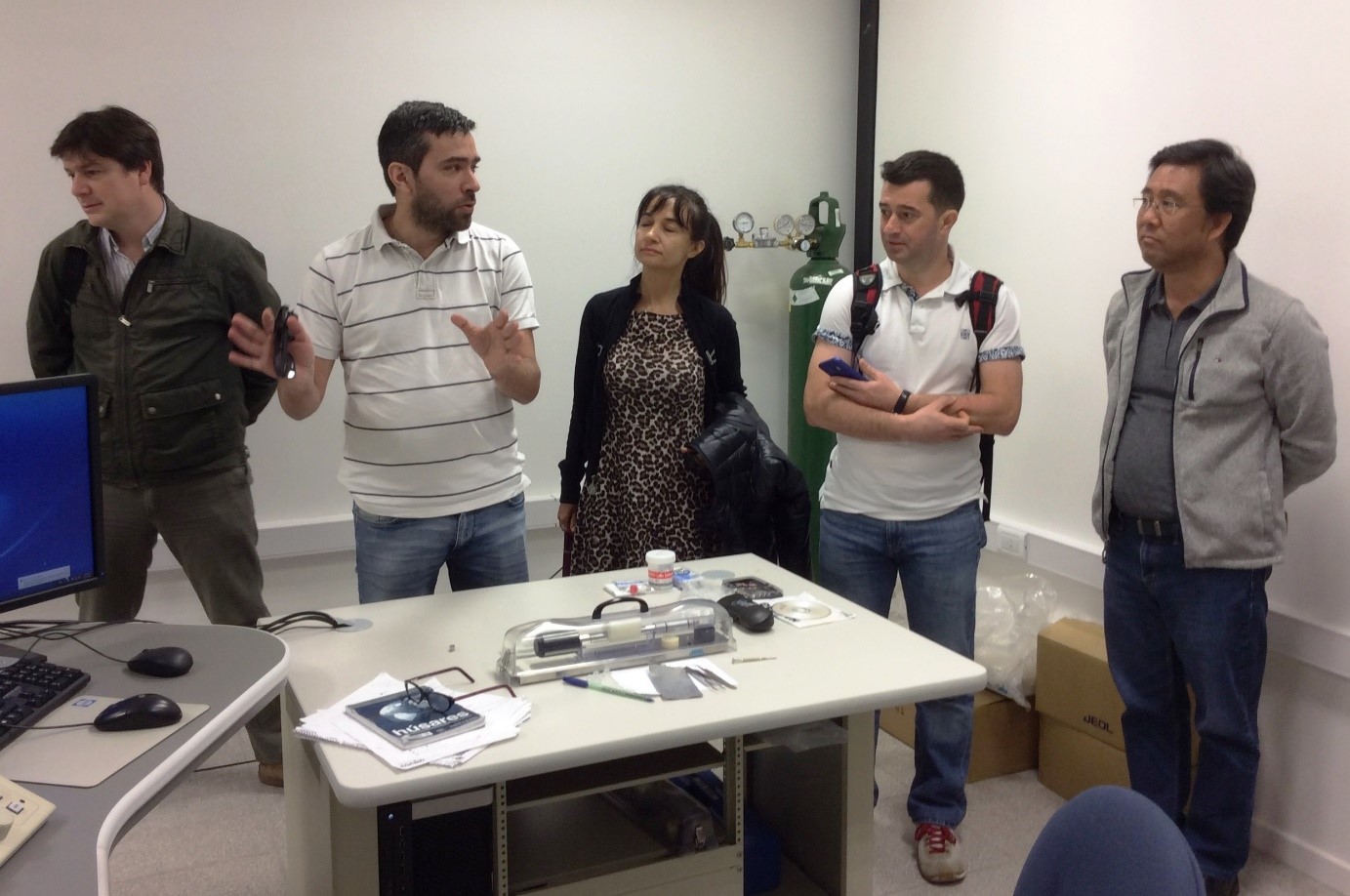
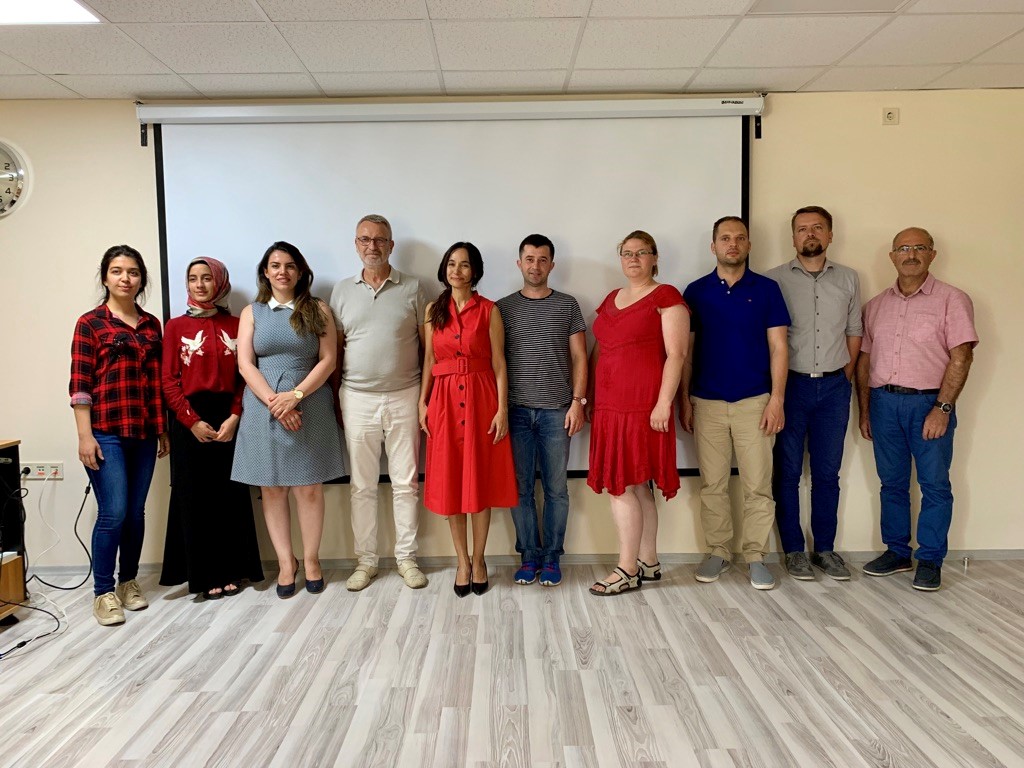
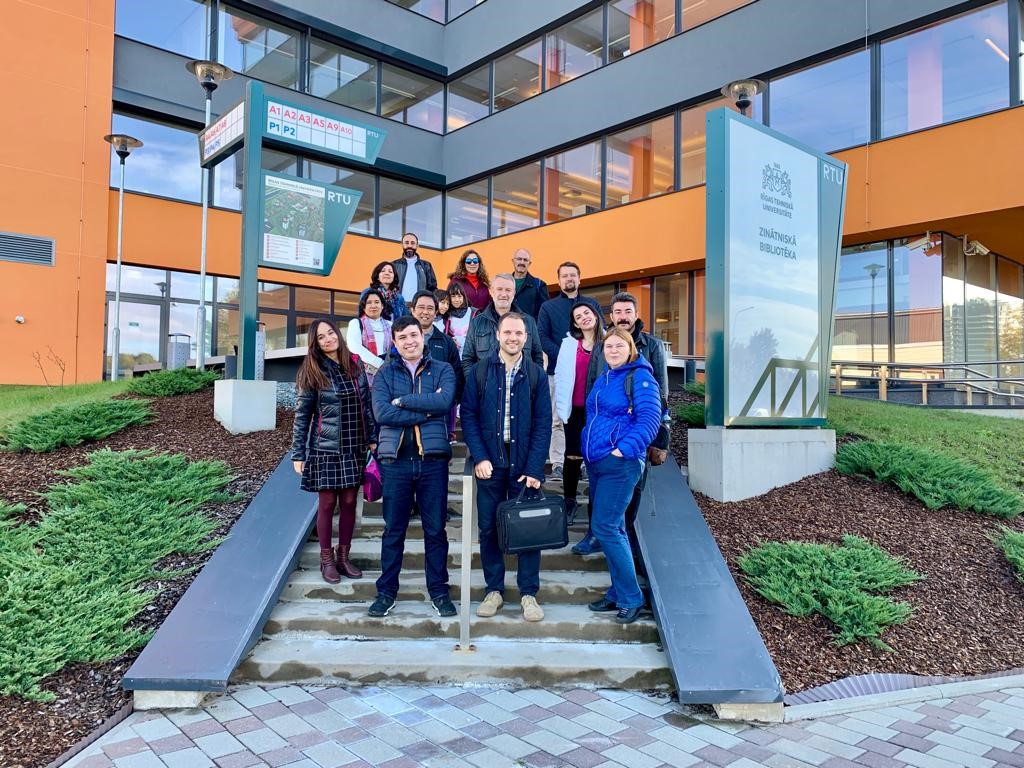
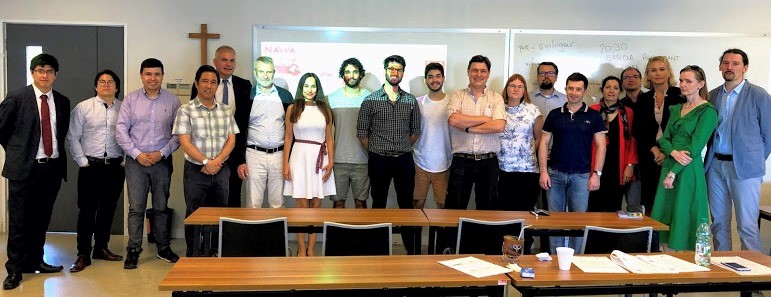
View the results of our work

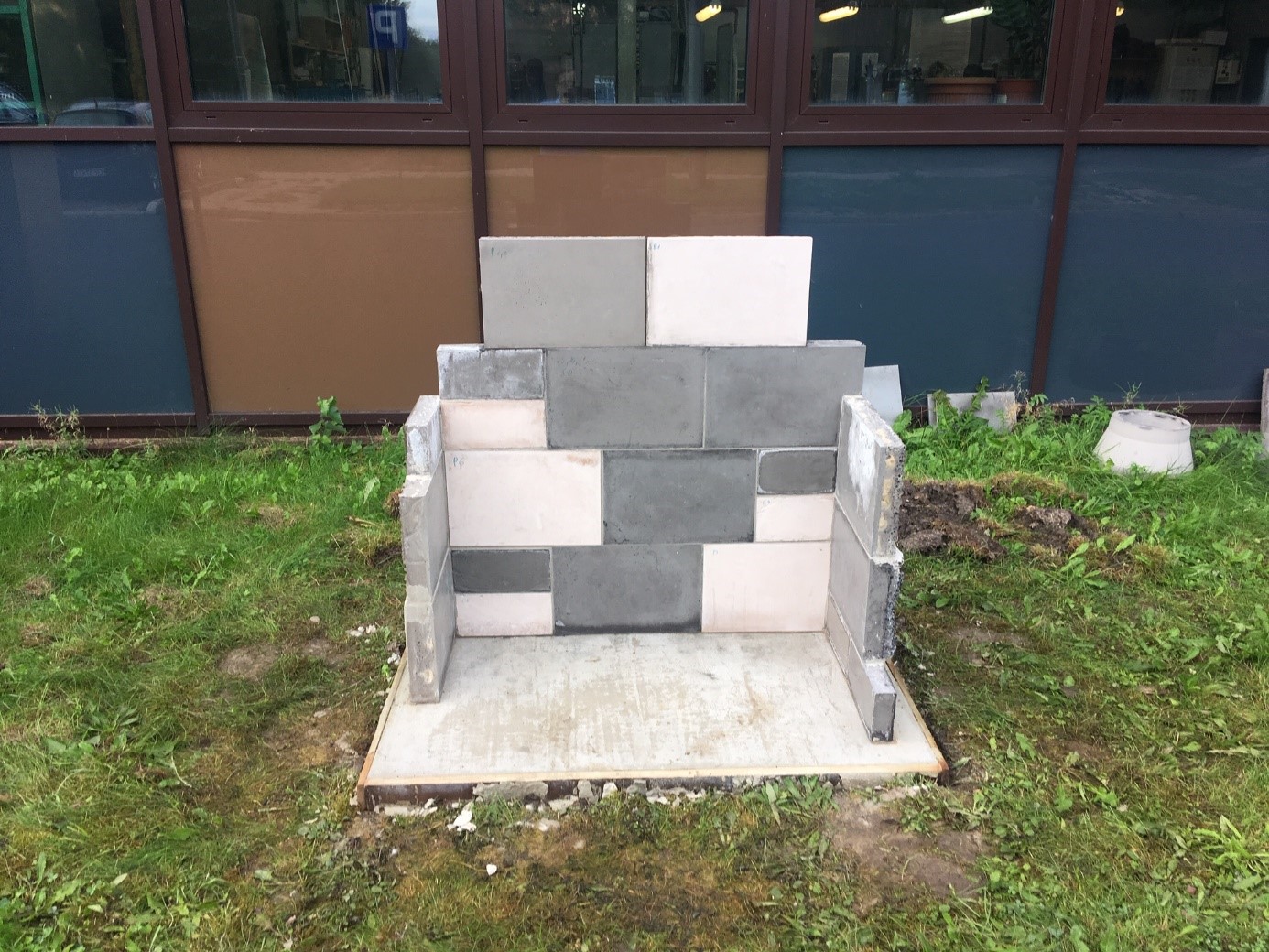
What problem is addressed by the project?
The project was a response to challenges arising in the modern world in relation to environmental protection, waste management and rational management of raw materials and, in particular, addressed the issues related to the material recycling. A circular economy is an economic concept in which products, materials and raw materials should remain in the economy as long as possible while waste generation should be minimised as much as possible. Currently, the greatest impact on pollution comes from construction. Therefore, numerous attempts are being made to reduce energy consumption and the amount of waste it generates. These are the main issues stimulating research into new, innovative materials.
The main objective of the project was to prepare a wide range of modern structural materials with advanced properties based on fibres, with the possibility of their subsequent commercial use. The composite materials developed within the project were created, in particular, on the basis of waste fibres (of vegetable or mineral origin) as an environmentally friendly alternative to traditional construction materials. In particular, the project used natural fibres derived from waste such as flax, hemp, jute and sisal and other bio-waste as well as waste from the production of mineral wool and other organic and inorganic waste materials such as textile cord derived from used car tyres.
Who uses the project results?
The entire society benefits from the project results. The two main areas of project impact are of economic and environmental natures. The use of geopolymers in the construction industry is primarily the production of concrete containing aluminosilicate-based binder instead of classic cement, which in turn contributes to reducing the carbon footprint of such materials. In addition, the use of waste materials in the production of geopolymers is a pro-environmental approach, as it enables the practical utilisation of this material. The visible advantage of geopolymer composites over traditional construction materials is certainly the low carbon footprint, rapid strength gain and its high values.